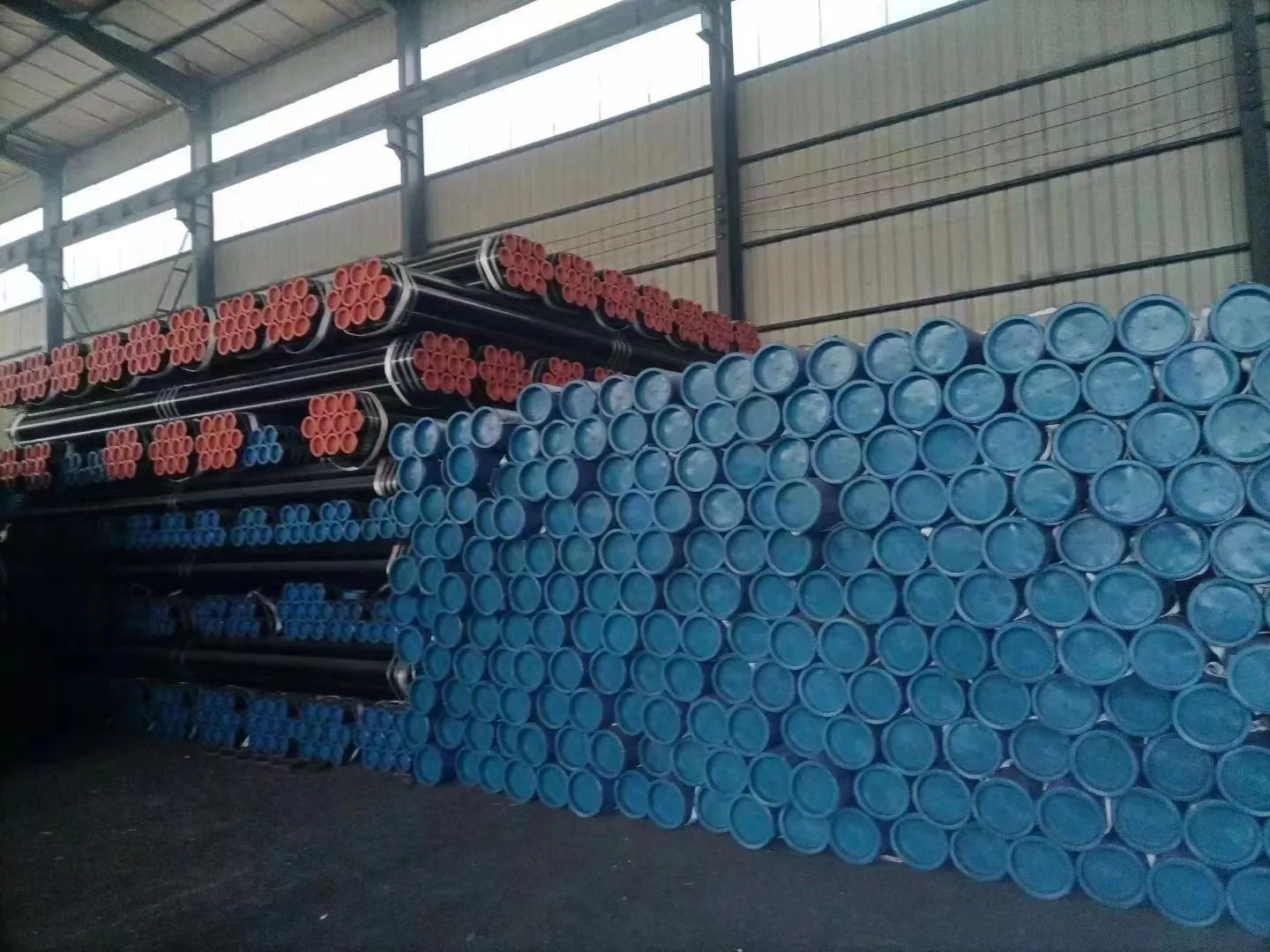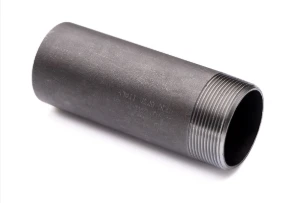Standard definition
ʻO ASTM A333/A333M kahi maʻamau i hoʻomohala ʻia e ka American Society for Materials and Testing (ASTM) no nā paipu kila ʻole a welded no ka lawelawe cryogenic. ʻO GR6 (Grade 6) kekahi o nā māka i kēia maʻamau, a ua hoʻolālā nui ʻia kēia paipu kila no ka lawe ʻana i ka wai ma nā wahi wela haʻahaʻa.
Chemical composition
Its chemical composition mainly includes carbon (C), manganese (Mn), phosphorus (P), sulfur (S) and other elements. The carbon content is generally low, about 0.30% or less, which helps to reduce the brittleness of the steel pipe and make it more suitable for low temperature environment. Moderate manganese content can improve the strength and toughness of the steel pipe. At the same time, there are strict limits on the content of phosphorus and sulfur to prevent hot brittle and cold brittle phenomena, and the content of phosphorus is usually not more than 0.025% and the content of sulfur is not more than 0.025%.
Mechanical property
Tensile strength: The tensile strength requirements of ASTM A333GR6 steel pipe vary according to the size of the steel pipe and other factors, generally between 415-585MPa. This ensures that the steel pipe has sufficient strength to resist breaking when it is subjected to tensile forces.
Yield strength: The minimum yield strength is about 240MPa. The yield strength is the critical stress for plastic deformation of the material, and this value ensures that the steel pipe will not be excessively deformed under a certain pressure.
Elongation: elongation is not less than 30% (standard distance length is 50mm). The higher elongation indicates that the steel pipe has good toughness when subjected to external force at low temperature, and can withstand a certain degree of deformation without brittle fracture.
-
ʻO Cangzhou Yulong Steel Co., Ltd.
-
Kelepona:
+86 13303177267 -
leka uila:
admin@ylsteelfittings.com
- Pelekania
- Apapika
- Ikalia
- Kepania
- Pukikī
- Alemania
- ʻŌlelo Kazaka
- Pelekia
- Helene
- Palani
- Lukia
- Pōlani
- Kailani
- ʻInikonia
- Vietnamese
- Zulu
- Kolea
- ʻUzbek
- ʻAʻole
- ʻŌlelo Serbia
- Mālei
- Ukrainian
- Kuhalaki
- ʻŌlelo Haiki
- Hauka
- ʻŌlelo Hawaiʻi
- Hepela
- Miao
- Hunakalia
- ʻĀinahau
- igbo
- Ipelana
- Kepanī
- Kawanī
- Kanākā
- Khmer
- Rwandan
- ʻApelika
- Alapania
- Amahapika
- Ameniana
- Azerbaijani
- Pōkē
- ʻŌlelo Belarusa
- Penekali
- Ponia
- Pukalia
- ʻŌlelo Katalonia
- Cebuano
- Kina
- Kina (Taiwan)
- ʻŌlelo Kokia
- Koalia
- Keka
- Kenemaka
- ʻŌlelo Esperanto
- Ekekonia
- Pinilana
- Frisian
- Kalikia
- Keokia
- ʻŌlelo Kurdish
- ʻŌlelo Kyrgyz
- TB
- ʻŌlelo Lākni
- Lakiwiana
- ʻŌlelo Lituania
- ʻŌlelo Lukemapuka
- Makekoni
- Malagasy
- Mālealama
- Malkī
- ʻŌlelo Māori
- Malapi
- ʻŌlelo Monokolia
- Maianamara
- Nepali
- Nolewai
- Nolewai
- ʻOkitana
- ʻŌlelo Pashto
- Hōlani
- ʻŌlelo Punajabi
- Lomānia
- Sāmoa
- Gaelika Sekotia
- Pelekania
- Shona
- Kiniki
- Sinhala
- Kolowakia
- Kolewenia
- ʻŌlelo Somalia
- ʻōlelo Sunda
- Kawahili
- Kuekene
- Kakalo
- Tajika
- Kamili
- Tatar
- Keluku
- Tureke
- ʻŌlelo Kuleke
- Urdu
- Uighur
- Welsh
- Kokua
- Yiddish
- Yoruba

E kākau i kāu leka ma aneʻi a hoʻouna mai iā mākou
Nuhou Pili
-
Jul. 23, 2025Hoʻokohu Hoʻokolo ʻana i ka lewa: Pehea ka hoʻolālā ʻana o 1/2 Pipe Nipple's 50mm Short Design i nā pilikia hoʻokomo ʻia?I loko o ka labyrinth o nā mīkini ʻenehana, kahi e ulana ai nā paipu ma nā āpau 200mm-ākea a helu ʻia kēlā me kēia millimeters, ʻo ke kaua kūʻē i nā wahi haʻahaʻa e hoʻopau pinepine i nā papahana.
-
Jul. 23, 2025Ke kūʻē i ka hopena o ka hoʻoemi ʻana i ke kinoea shale: Pehea ka holo ʻana o ka hoʻolālā Seismic ʻo ASME B16.47 Flange's Hub-Thickened Design?Ma ke aupuni kiʻekiʻe o ka ʻili kinoea shale, kahi e hoʻoweliweli ai ka hana seismic a me nā haʻalulu hana i ka pono o ka pipeline, e puka mai ana ka flange ASME B16.47 ma ke ʻano he pale koʻikoʻi.
















